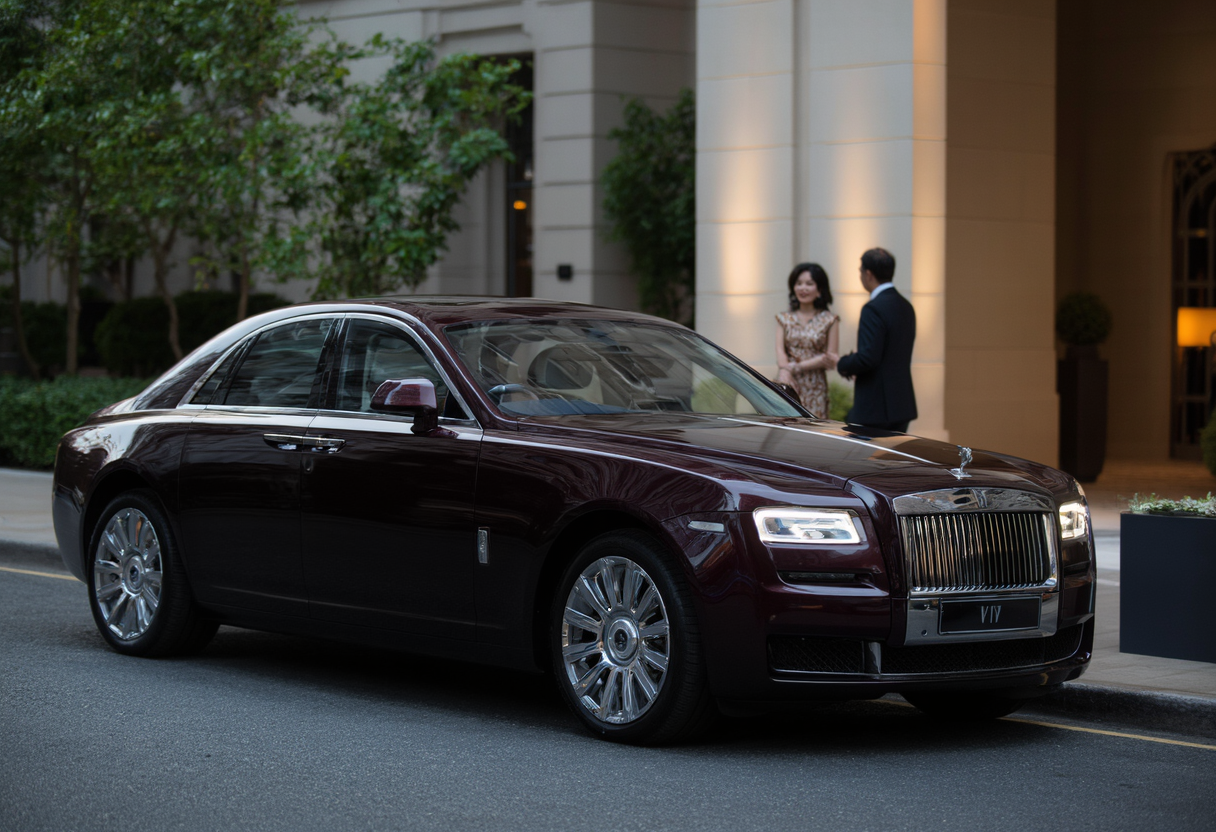Unveiling Luxury Cars: The Intersection of Performance and Elegance
Luxury cars epitomize the fusion of performance and elegance, attracting enthusiasts and collectors alike. This exploration delves into the factors contributing to their desirability, from engineering marvels to iconic designs, and the cultural significance they hold.
The Journey of Luxury Cars
Luxury cars have undergone a fascinating evolution, transforming from mere transportation to symbols of excellence. Initially, the term 'luxury' associated with cars indicated a focus on comfort and style rather than performance. However, over time, luxury cars began incorporating powerful engines and innovative technology, leading to the current landscape we see today. Many luxury brands, such as Rolls Royce and Ferrari, have established a legacy that combines extraordinary performance with unparalleled elegance. These vehicles cater to discerning customers who appreciate the intricate balance of luxury and power. The journey of luxury cars is marked by milestones of design and engineering that continue to inspire future generations. Each new model often serves as a testament to the advancements made in both performance and design.
Engineering Marvels of Luxury Cars
At the heart of every luxury car lies a remarkable engineering feat. Luxury cars boast superior engineering that translates into unparalleled performance, with brands investing heavily in research and development. High-performance engines, coupled with advanced suspension systems, create a driving experience that conveys both power and grace. The integration of lightweight materials enhances agility without compromising structural integrity, allowing high-end vehicles to attain remarkable speed with ease. Moreover, dedication to craftsmanship extends beyond performance; attention to detail is evident in every stitch of leather and finish of metal in luxury cars. Such precision engineering is not just a selling point but a standard that luxury brands uphold to maintain their status in the competitive automotive market. The swiftness with which luxury cars respond to the driver's commands sets them apart and solidifies their reputation as the pinnacle of automotive excellence.
Design Philosophy in Luxury Cars
The aesthetic appeal of luxury cars plays a crucial role in their desirability. Design philosophy in luxury cars combines form and function to create stunning visual masterpieces. Iconic silhouettes and proprietary style cues give luxury cars a distinctive personality that captures attention on the road. Moreover, cutting-edge technology is seamlessly integrated into the design, ensuring that interiors remain both beautiful and functional. The use of opulent materials, such as fine woods and lavish upholstery, enhances the overall driving experience. Each design element communicates a sense of exclusivity and sophistication. From exterior color palettes to personalized interiors, luxury cars allow owners to express their individuality. Therefore, the design philosophy not only captivates the eye but also resonates with the soul, forging a unique bond between the vehicle and its driver.
The Cultural Impact of Luxury Cars
Luxury cars occupy a significant place in modern culture, often associated with prestige and influence. Celebrities and business moguls frequently showcase luxury cars, further embedding them into our societal zeitgeist. Often, these vehicles are featured prominently in films and media, reinforcing their status as symbols of affluence. Luxury cars have not only become objects of desire but also a measure of success. Furthermore, the ownership of a luxury car can transcend mere materialism, embodying aspirations and personal achievements for many. Events and auto shows dedicated to luxury cars attract enthusiasts and collectors, fostering a vibrant community focused on appreciation and celebration. The cultural footprint of luxury cars extends beyond their mechanics; they spark conversations, inspire dreams, and serve as iconic representations of what it means to live a luxurious life.
Challenges Facing the Luxury Car Market
Despite the allure, the luxury car market encounters several challenges in an ever-changing landscape. Economic fluctuations can significantly affect consumer spending habits, directly impacting luxury car sales. Additionally, the rise of alternative mobility solutions, such as ridesharing and electric scooters, poses a unique challenge to traditional car ownership models. Moreover, as consumer preferences shift towards sustainability, luxury brands must adapt, integrating eco-friendly practices into their manufacturing processes. The demand for transparency about manufacturing methods and sourcing materials is on the rise, pushing some luxury brands to innovate responsibly. As they navigate these challenges, luxury car manufacturers will need to balance tradition with modernity. Ultimately, the ability to evolve while retaining the essence of luxury will determine the future trajectory of this industry.
Conclusion: The Lasting Legacy of Luxury Cars
In conclusion, luxury cars represent a unique intersection of performance, elegance, and cultural significance. Their successful evolution underscores the importance of innovation within the automotive industry. While challenges persist, the legacy of luxury cars remains entrenched in consumer desires and societal aspirations. As we move into the future, the continued fusion of advanced technology and sustainable practices will shape the next generation of luxury cars. Indeed, these vehicles will continue to inspire, captivate, and serve as benchmarks for excellence in the automotive realm.
